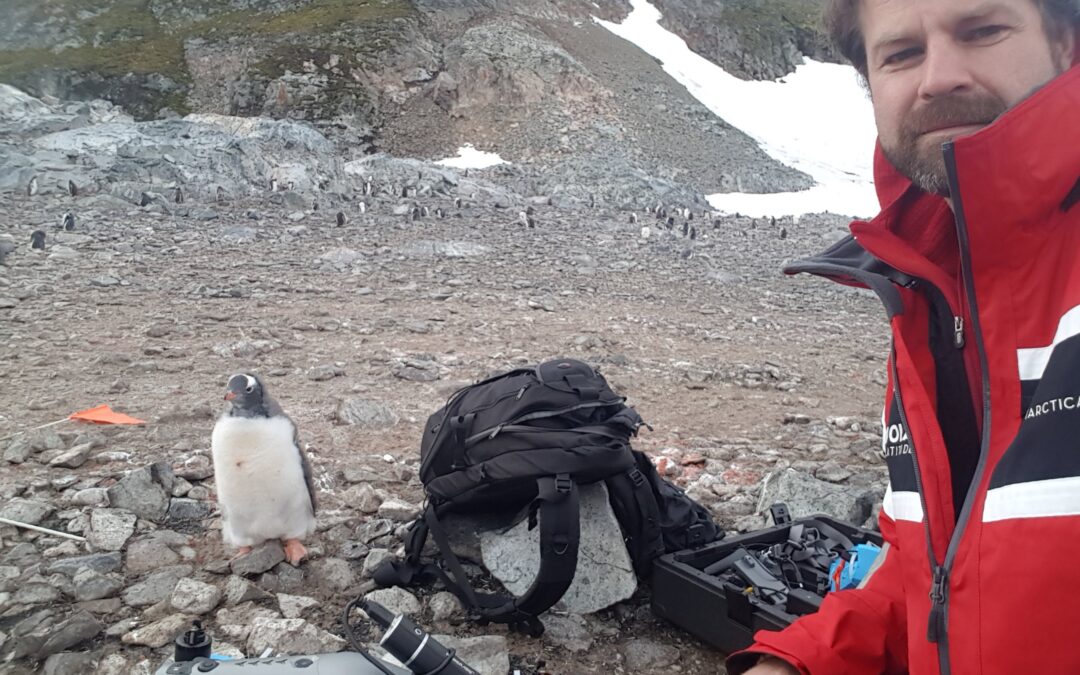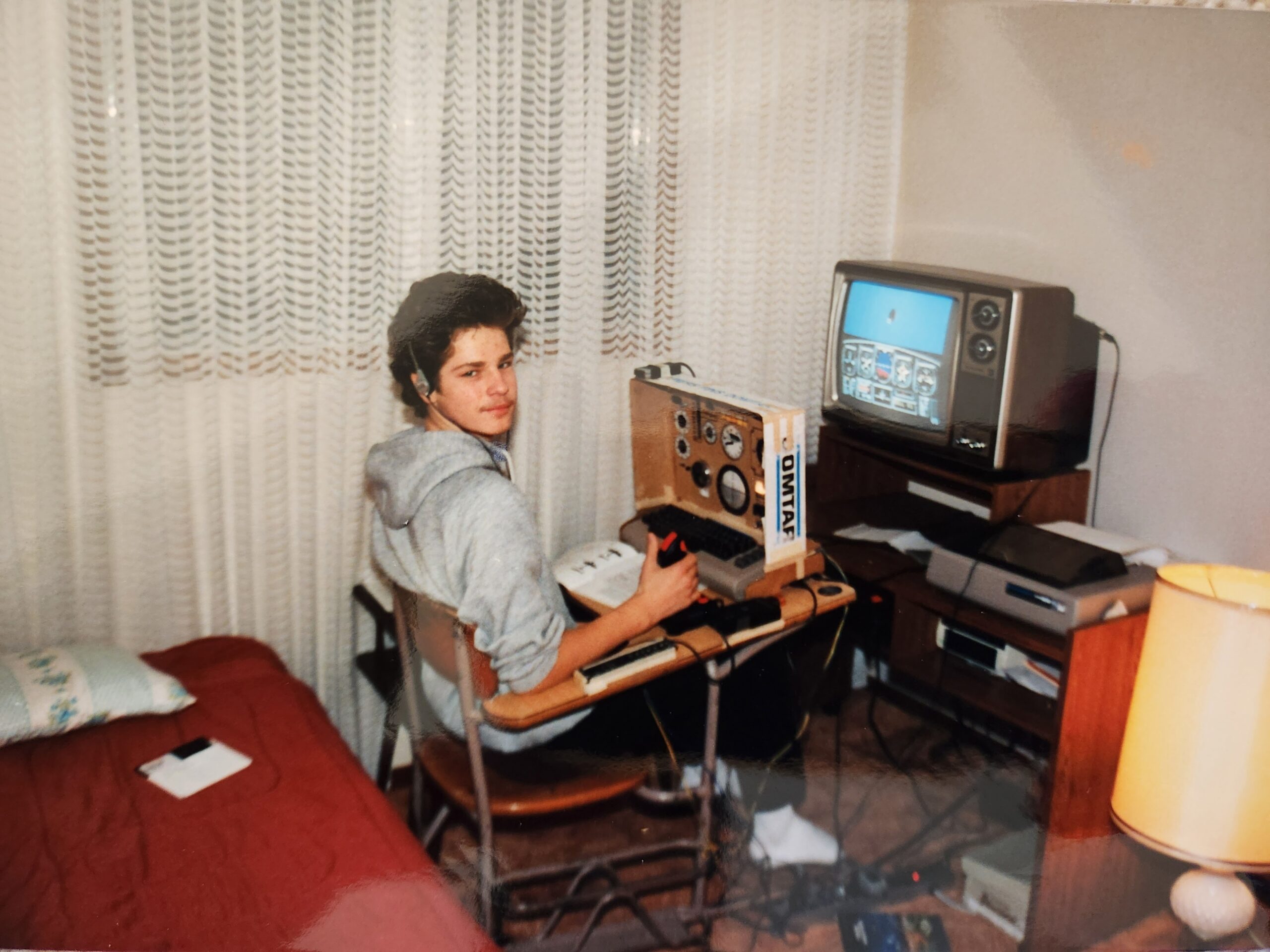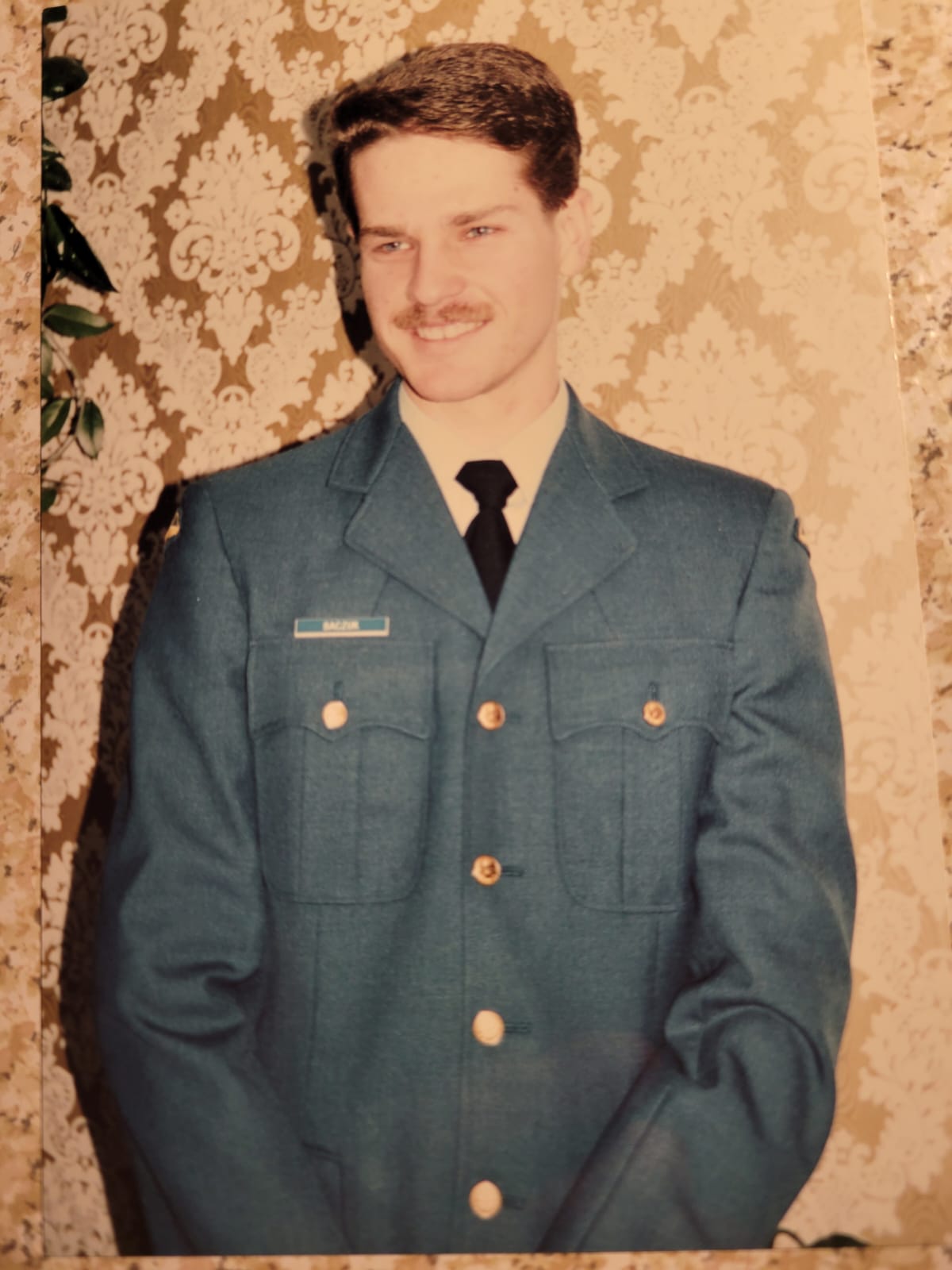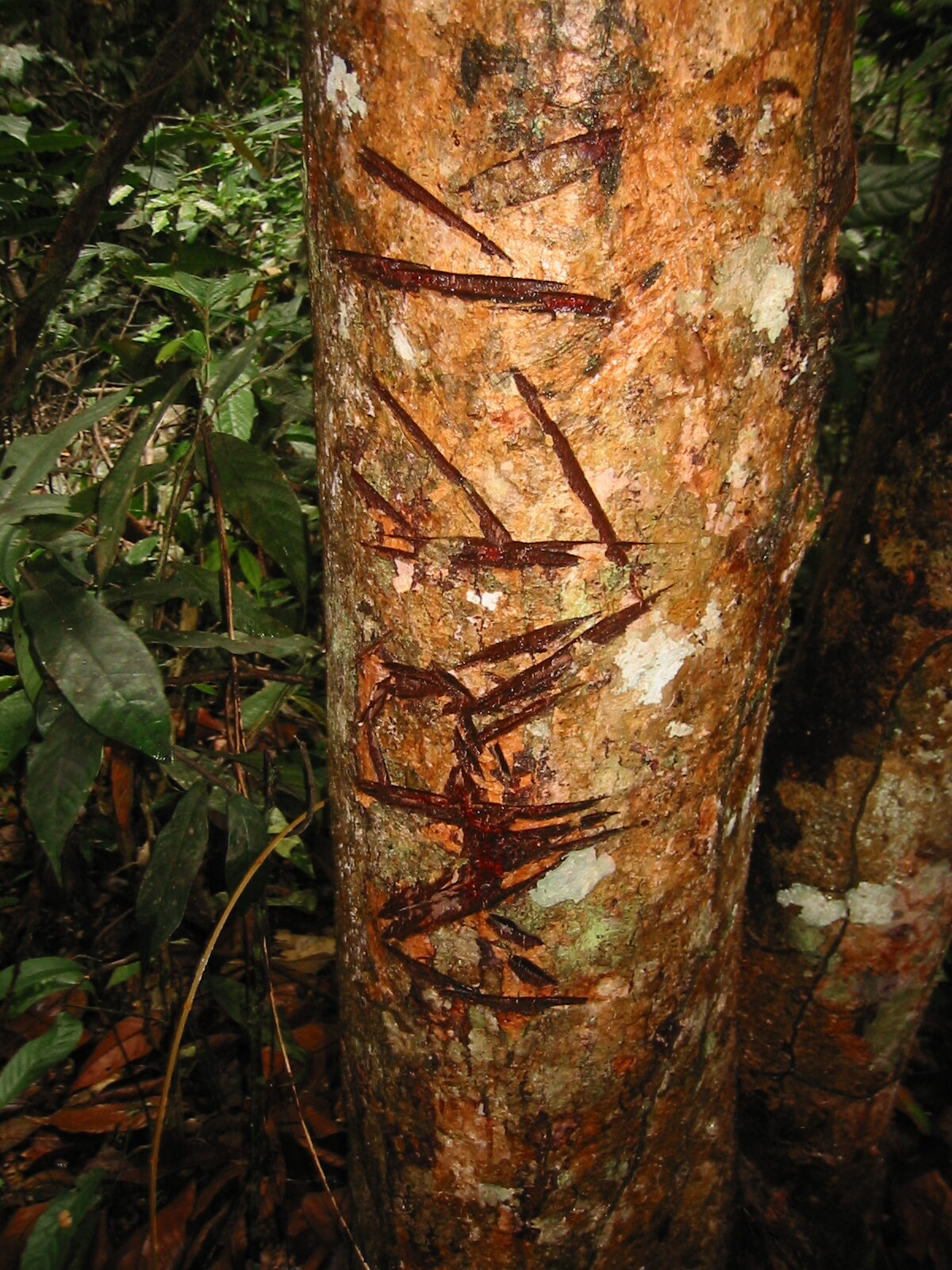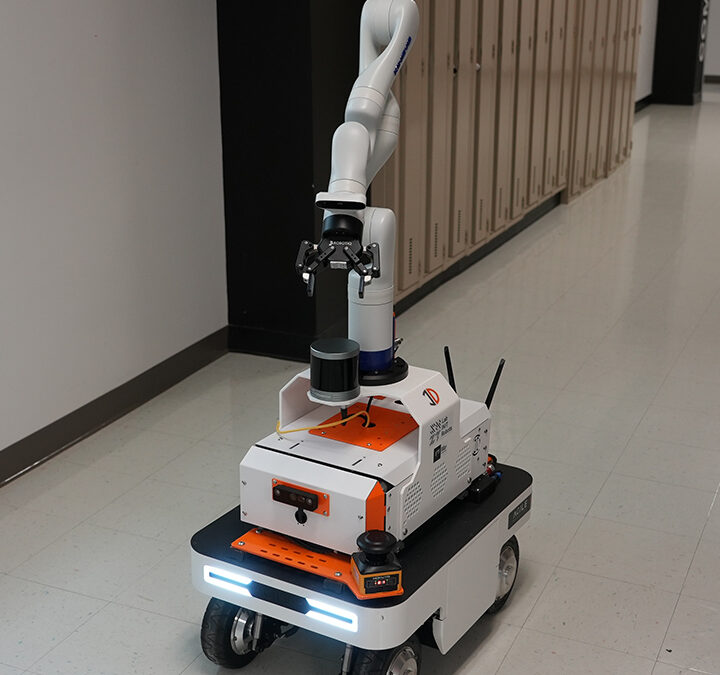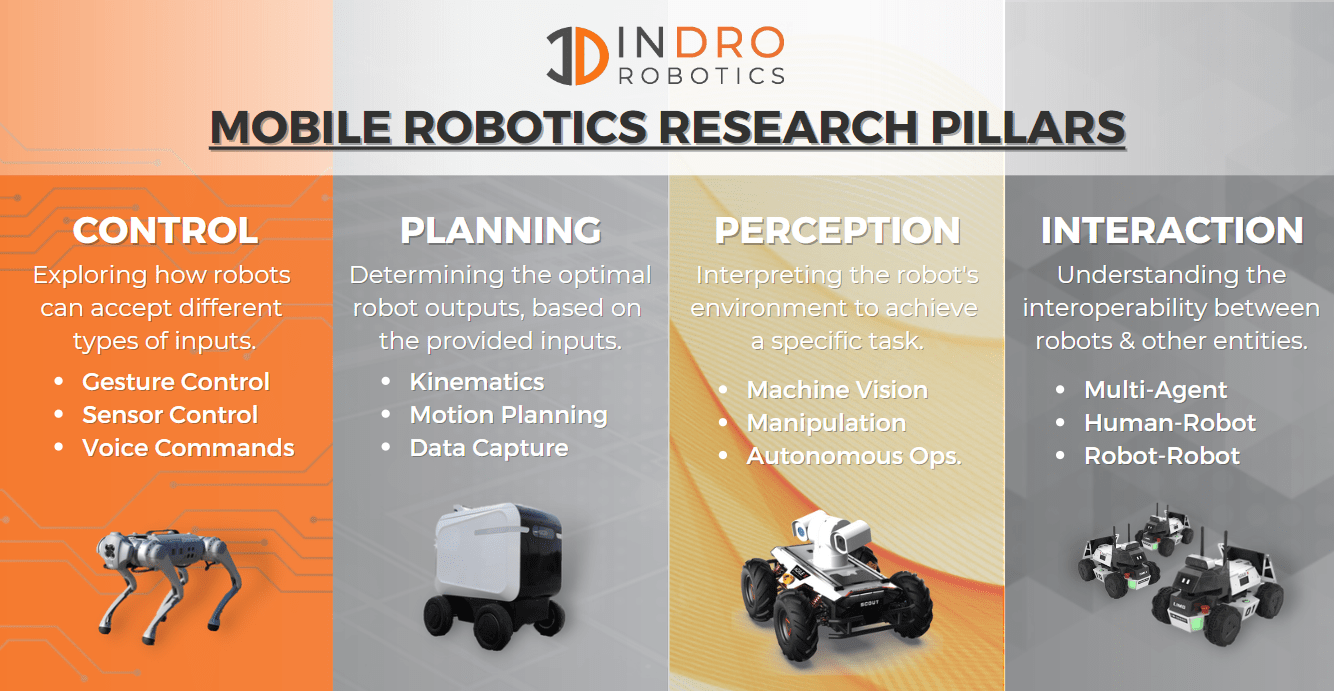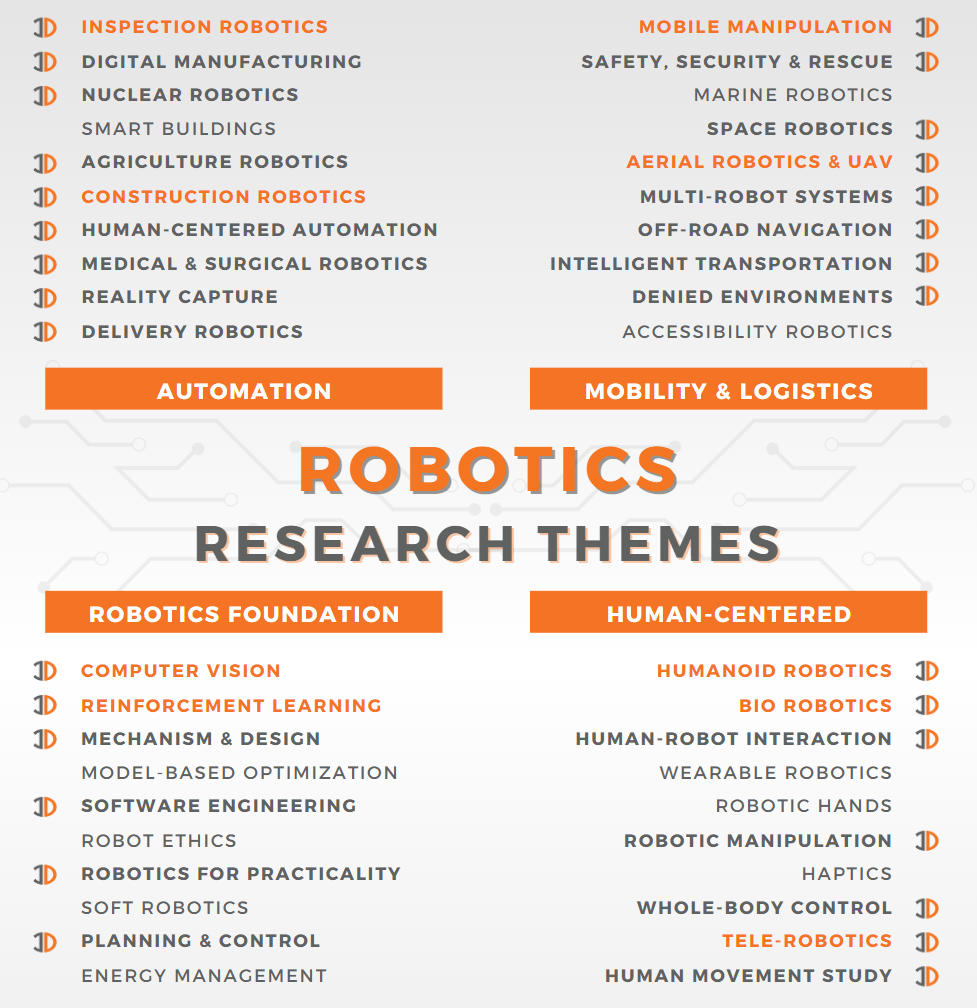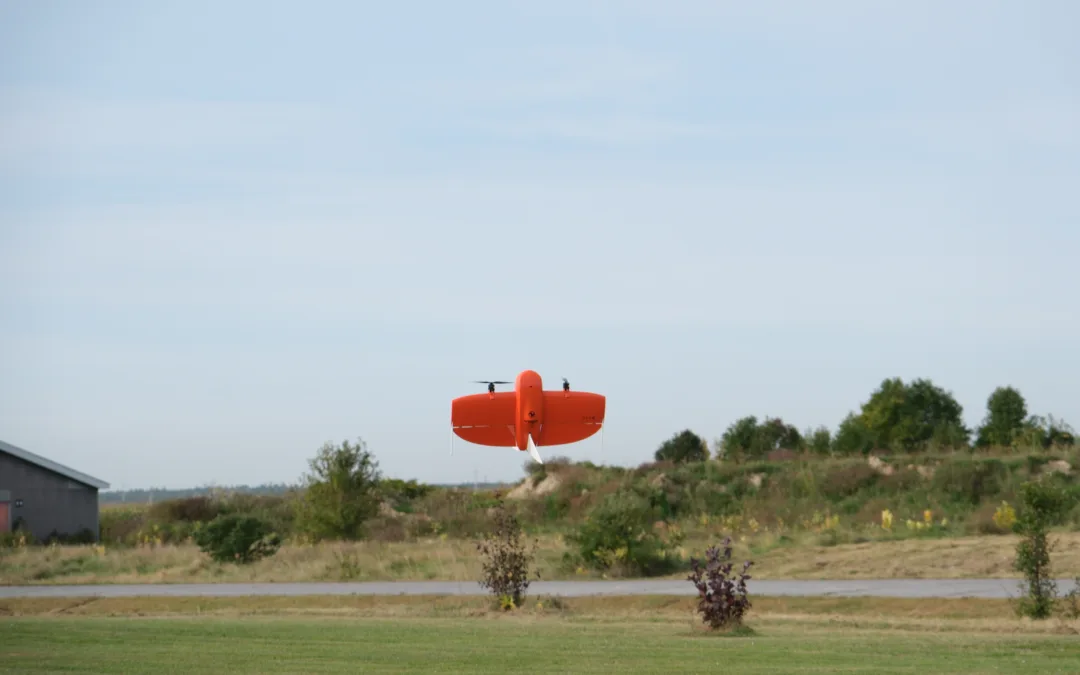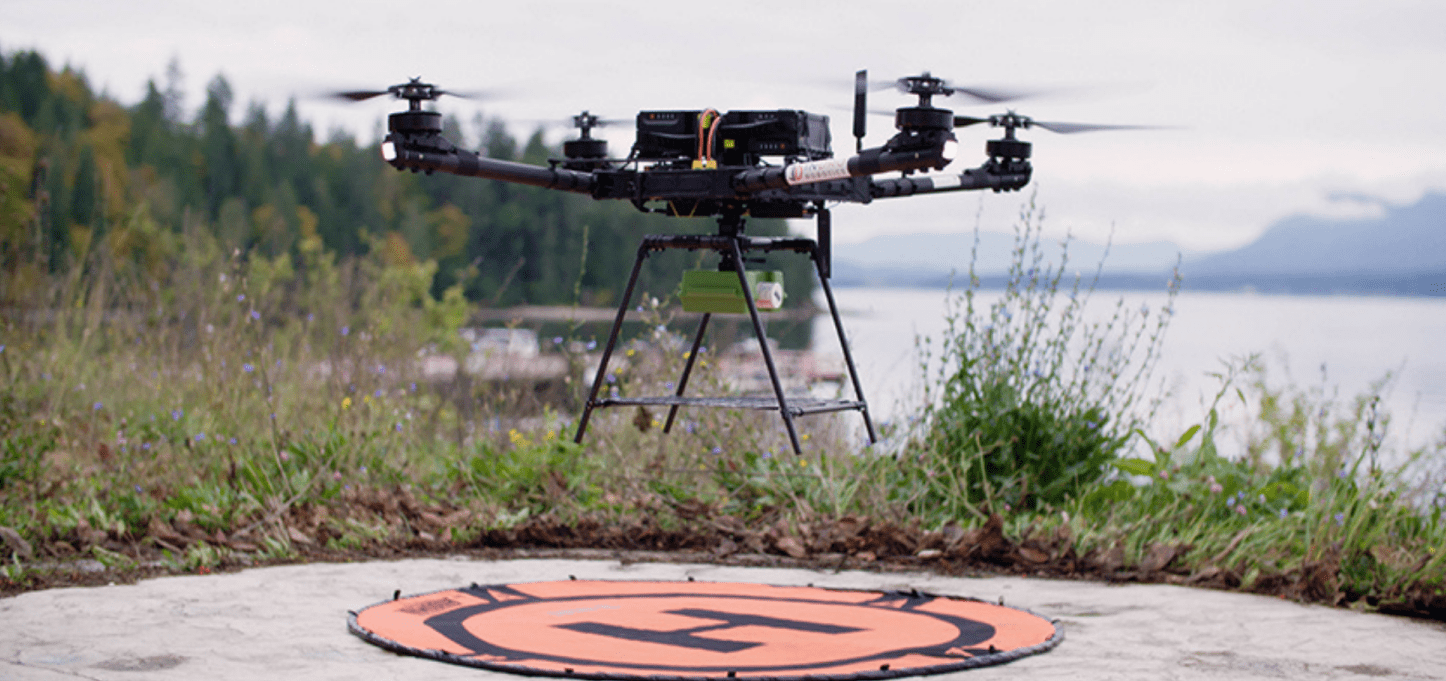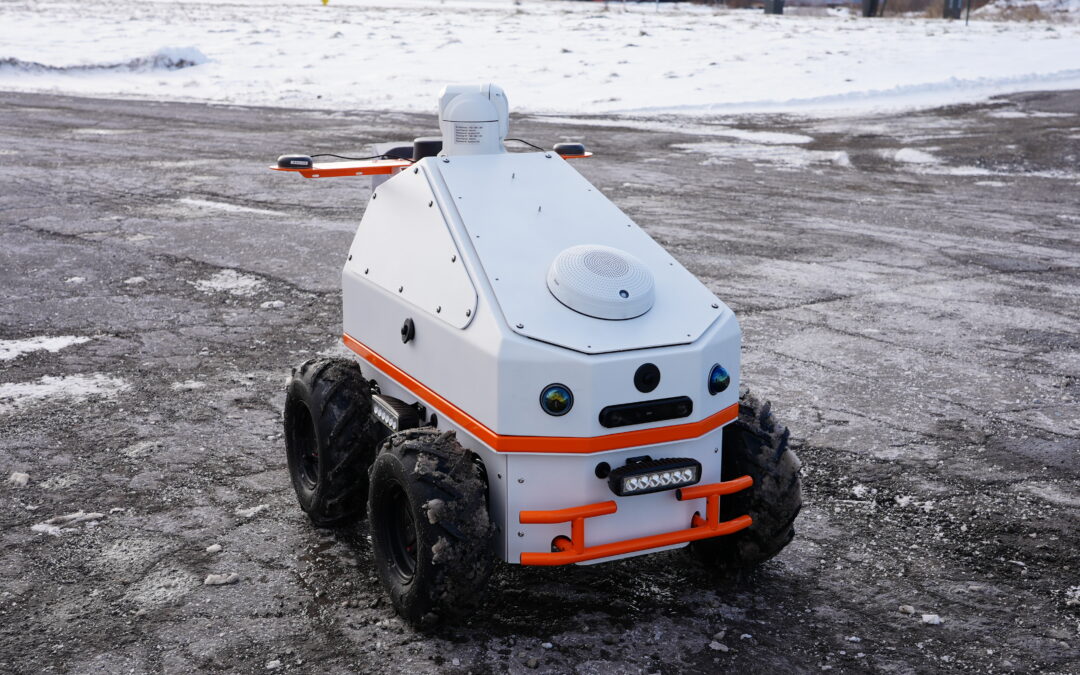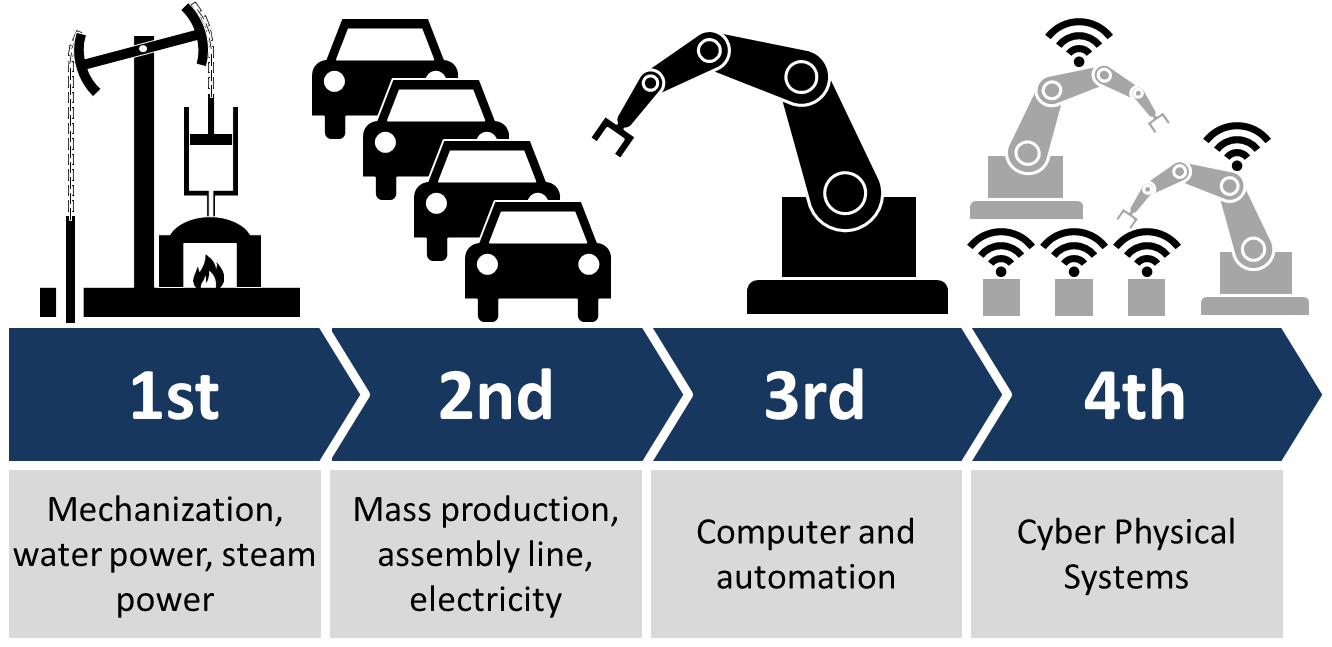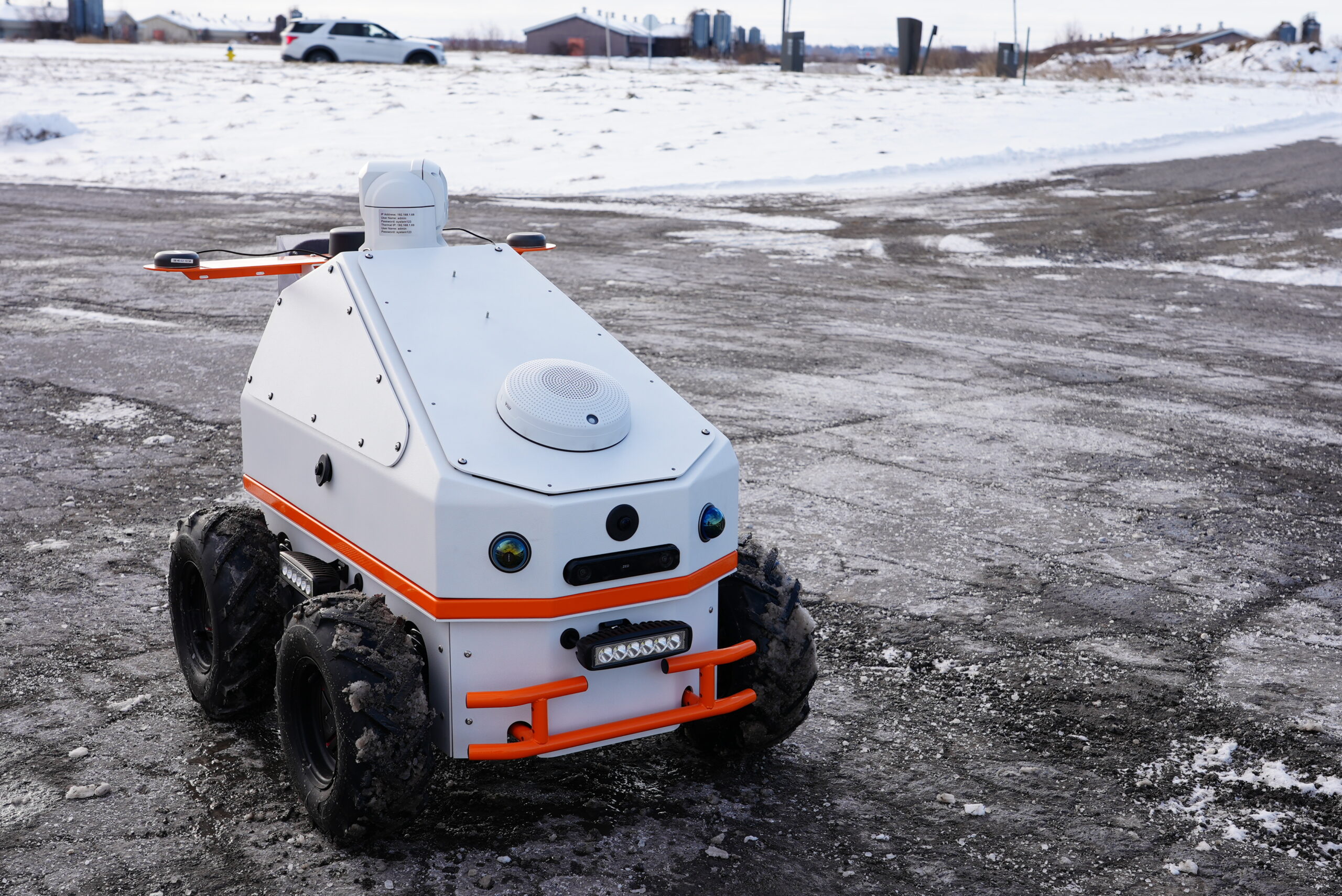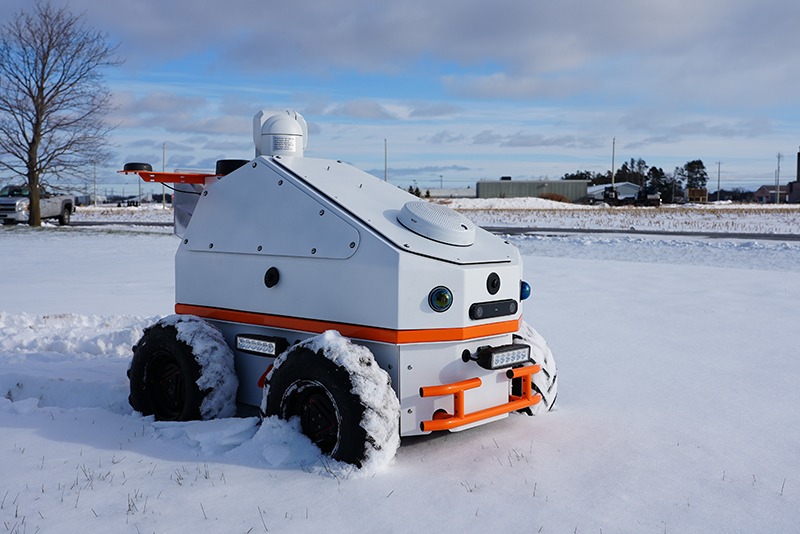
How remote inspection robots reduce downtime
By Scott Simmie
Inspection robots aren’t cheap.
We fully acknowledge that might not be the best opening pitch, but hear us out.
While a capable inspection robot can be costly, so is downtime. So is dispatching human beings to distant locations. Electrical substations and certain oil and gas assets are often remote and require many hours of driving to reach – plus the cost of hotels and per diems. Sometimes, companies even have to charter a helicopter just to place eyes on those remote spots. Depending on the sector, these inspections might take place monthly, bi-weekly – or at some other interval.
Point is: Regular inspection of remote assets is an absolute necessity. An inspection can troubleshoot for regular wear and tear, thermal anomalies, damage from animals, vandalism, environmental impact, leaks – the list goes on. A human being (often equipped with handheld scanners and other detection equipment) can generally spot all these things.
But so, too, can a robot. And, unlike a human being when it comes to remote assets, an autonomous robotic inspector can be on the site 24/7. It never requests a hotel room, doesn’t charge overtime – and never forgets to do everything it’s been instructed to carry out.
Below: The InDro Robotics Sentinel, at an electrical substation in Ottawa
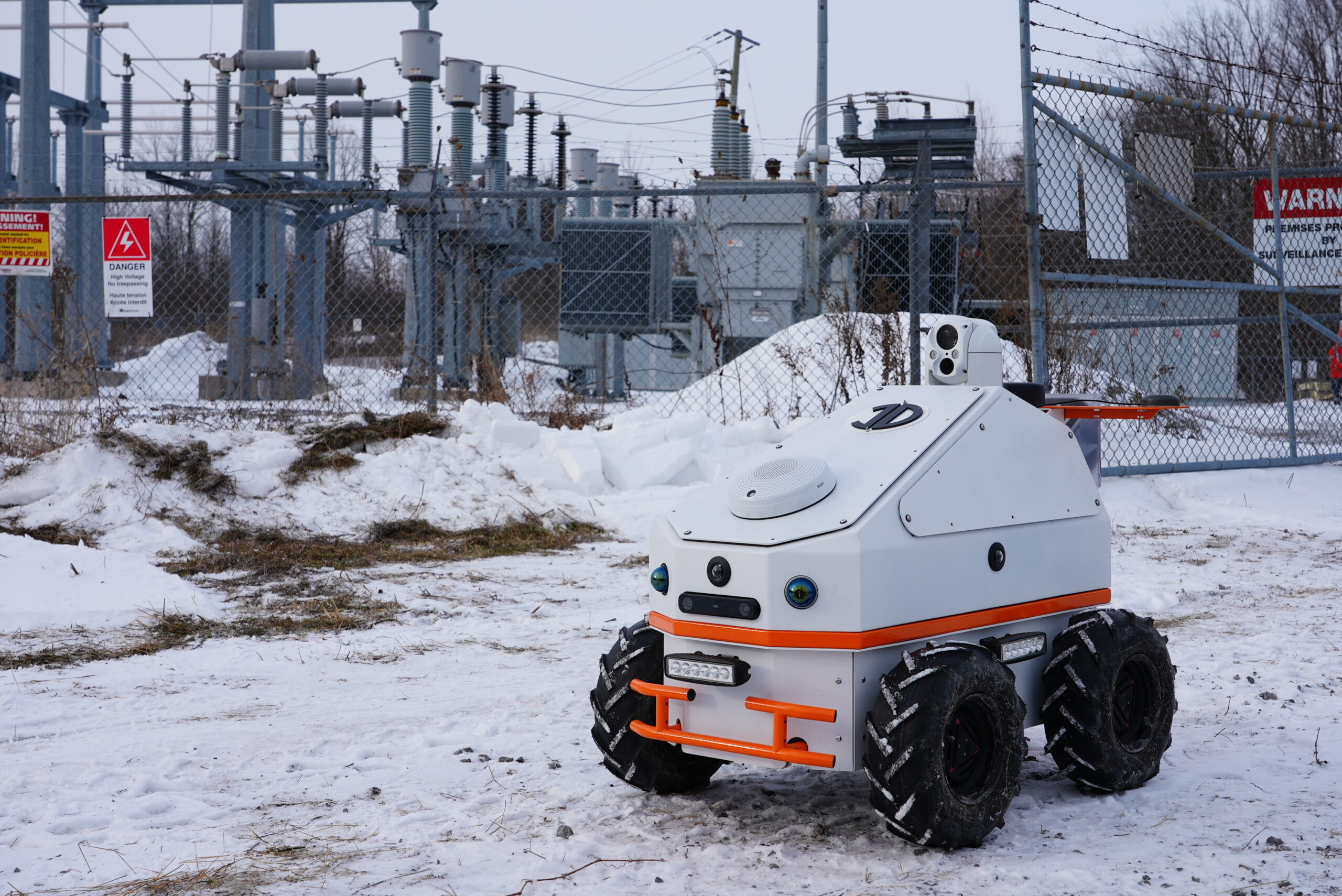
DOWNTIME
There are two types of downtime: Planned and unplanned. The former, obviously, is pre-arranged. Maybe it’s time to replace certain pieces of equipment or do other scheduled maintenance. Planned downtime can include hardware and software upgrades, even large-scale replacements. For those companies in service provision, including those in the B2B space, a scheduled event minimises downtime because everything is lined up in advance for the necessary task. In addition, you can notify consumers or clients that the service or commodity will be temporarily unavailable – and schedule the downtime to minimise disruption. Customers and clients generally understand these inconveniences when they know about them ahead of time.
Then there’s that other kind of downtime: Unplanned. Something goes wrong and you need to scramble to fix it. Precisely because these are unexpected, you might not have the required widgets or personnel on-hand (or on-site). And it’s not just the repair itself. There’s usually lost revenue, reputational damage, and even more:
“The repercussions of unplanned downtime extend beyond immediate financial losses,” explains this overview.
“Companies may face financial penalties and legal liabilities, especially if downtime leads to non-compliance with regulatory requirements. These penalties can add another layer of financial strain on top of the already significant downtime costs.”
We’ve all heard stories about airlines being fined, sometimes heavily, for unexpected delays. And the reputational damage? You wouldn’t have to look hard to find consumers who have switched airlines, internet providers and more due to unplanned downtime that inconvenienced them.
That same article dips into the oil and gas sector, using data from a 2016 study by Kimberlite (a research company specialising in the sector) which found offshore organisations face an average of $38M US annually in costs from unplanned downtime. Those with the worst records racked up yearly tabs close to $90M US. So clearly, it’s something most would like to avoid.
THE ADVANTAGES OF INSPECTION
Regular robotic inspection can help reduce unplanned downtime by identifying potential failures before they happen. Is a key component starting to age? Has wildlife encroached on sensitive components? Did the storm that passed through overnight have an impact on anything? Are all gauges reading as they should? Are there any thermal anomalies? Is there the molecular presence of hydrocarbons or other indicators above a safe threshold? Are there any strange new noises, such as arcing or humming?
Yes. People can do this when they’re dispatched. But a robot tailored for inspection – and they can be customised for every client’s needs – can carry out these same tasks reliably, repeatedly, and on schedule.
This idea of predictive maintenance is very much a pillar in the world of Industry 4.0, or 4IR (which we recently explored in some detail). As companies move into this next phase, particularly in the manufacturing sector, Smart Devices are being integrated in every conceivable location across newer factory floors. In conjunction with software, they keep an eye on critical components, identifying potential problems before they occur. Industry leaders in this space, such as Siemens, state these systems can result in up to a 50 per cent reduction in unplanned downtime, and up to a 40 per cent reduction in maintenance costs.
That’s the gold standard. But we are just at the cusp of this integration, and it’s more broadly targeted at the manufacturing sector. Those remote electrical substations and oil assets are still, in many ways, not that smart when it comes to asset intelligence and will require regular inspection for many years to come.
Below: InDro’s Sentinel inspection robot, which can be customised for any inspection scenario, It’s seen here at a demo for Ottawa Hydro
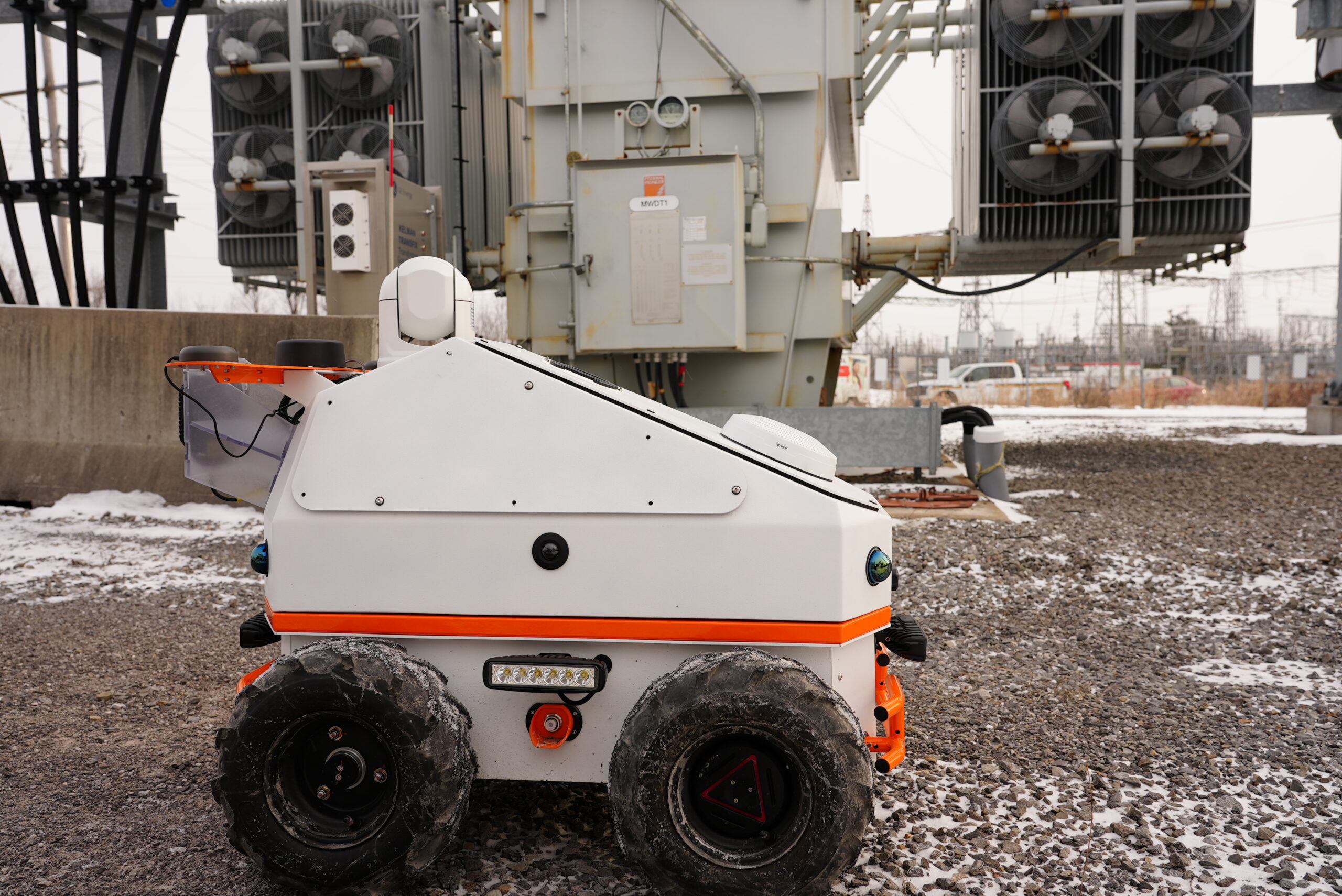
THE SENTINEL SOLUTION
Sentinel is our flagship inspection robot. Our first iteration was in 2022 and – as with all InDro innovations – we have continued to enhance its capabilities. As new advances in sensors and compute have emerged, so too have Sentinel’s powers. But Sentinel’s evolution goes far beyond adding new LiDAR, depth cameras or processors. In the background at Area X.O, we are continuously improving our own IP. Specifically, our InDro Autonomy and InDro Controller software.
InDro Controller is a desktop-based interface with Sentinel (or any other ROS-based robot). Fully customisable and easy to use, it allows our clients to plan and monitor missions with ease. A few clicks allows users to set up repeatable points of interest where the robot will carry our specific inspection tasks. Need eyes on a critical gauge? Have InDro Controller stop Sentinel at a particular spot. Use the 30X optical Pan-Tilt-Zoom camera to frame and capture the shot. Happy with the results? Great. InDro Controller will remember and carry out this step (and as many others as you’d like) when it next carries out the mission. Collisions won’t be an issue, as InDro Autonomy’s detect and avoid capabilities ensure there won’t be any mishaps on the way. In fact, you could drop Sentinel in a completely unfamiliar setting littered with obstacles, and it could map that site and even produce a precision scan. And, like a regular visit to the robot doctor, InDro Controller also monitors the overall system health of any integrated device.
From the outset, Sentinel has been on a continuous journey pushing the R&D envelope, with testing and rigorous third-party evaluation. An earlier iteration was even put through demanding tests by the US Electric Power Research Association (EPRI) at its test facility in Massachusetts. All of these deployments have resulted in learnings that have been incorporated into our latest version of Sentinel.
SET AND FORGET
When it comes to remote assets, our clients clearly needed a hands-off approach. That meant we had to incorporate some sort of autonomous charging, since there’s no one on these sites to plug it in. We evaluated mechanical docking systems, but realised these physical mechanisms introduce another potential point of failure.
And so we ultimately settled on a powerful wireless charging system. Using optical codes, Sentinel returns to a housed structure following its missions. It then positions itself snugly up to the wireless charging system so that it’s ready for the next deployment (you’ll see a picture of one of our earlier test structures in a few seconds). We needed to avoid metal to ensure the cleanest possible wireless communication (Sentinel operates over 5G and also has the option for WiFi). Housing Sentinel when it’s off-duty protects it from unnecessary exposure to the elements, though it’s certainly built to operate in virtually anything Mother Nature can throw at it (short of a hurricane).
Finally, Sentinel also has InDro Commander on board. In addition to housing its powerful brain, Commander allows for the easy addition of additional sensors by simply plugging them in. It provides both power and a data pipeline, and InDro Controller has been built to instantly recognise the addition of any new sensors. In other words, if a client’s requirements change and a new sensor is required, Sentinel can be modified with relative ease and no new coding.
Below: Sentinel, following a demonstration for Ottawa Hydro, snugs up to charge

THE SENTINEL EVOLUTION
As mentioned, Sentinel has gone through a ton of testing, coding and development to reach its current iteration. We’ve taken literally all of our learnings and client feedback and put them into this robot. Sentinel does the job reliably and repeatedly, capturing actionable data intended to reduce downtime for our clients. What’s more, we have moved past the phase of producing these robots as one-offs when demand arises. With our fabrication facility InDro Forge, we are now commencing to manufacture Sentinel at scale.
“Sentinel is now a fully mature and market-ready product,” says InDro Founder and CEO Philip Reece. “We already have multiple Sentinels on the ground for a major US utility client and have other orders pending. We – like our clients – are confident Sentinel is worth the investment by reducing downtime and saving companies the expense and time of sending people to these remote locations for inspection work.”
Interested in learning more, or even taking the controls for a remote demonstration of Sentinel and InDro Controller? Contact us here.

